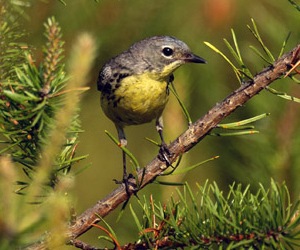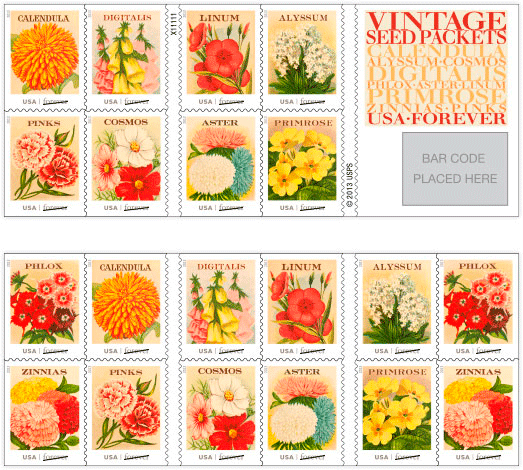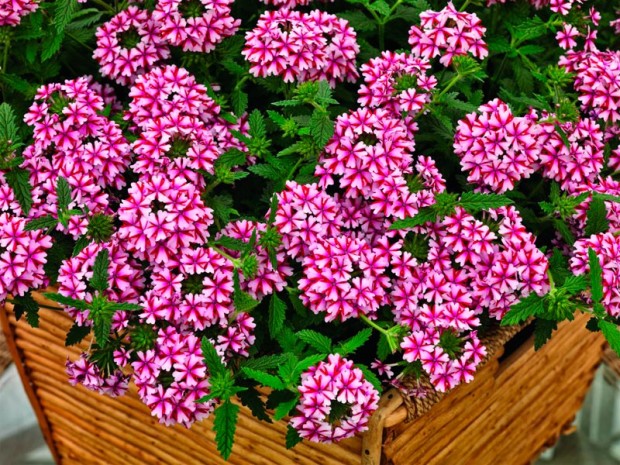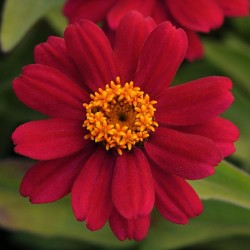NPR:
That wreath on your front door could contain stolen goods.
The tips of fir trees used to make wreaths are collected by “tippers” and attract high prices — as well as poachers, who cut limbs and even whole trees on private land.
The Christmas greens industry is estimated to be worth tens of millions of dollars. But like other cottage industries, no one’s really counting. Anyone with a desire to make some money can take part — on or under the table. And that’s become a problem for some woodlot owners trying to protect their trees.





